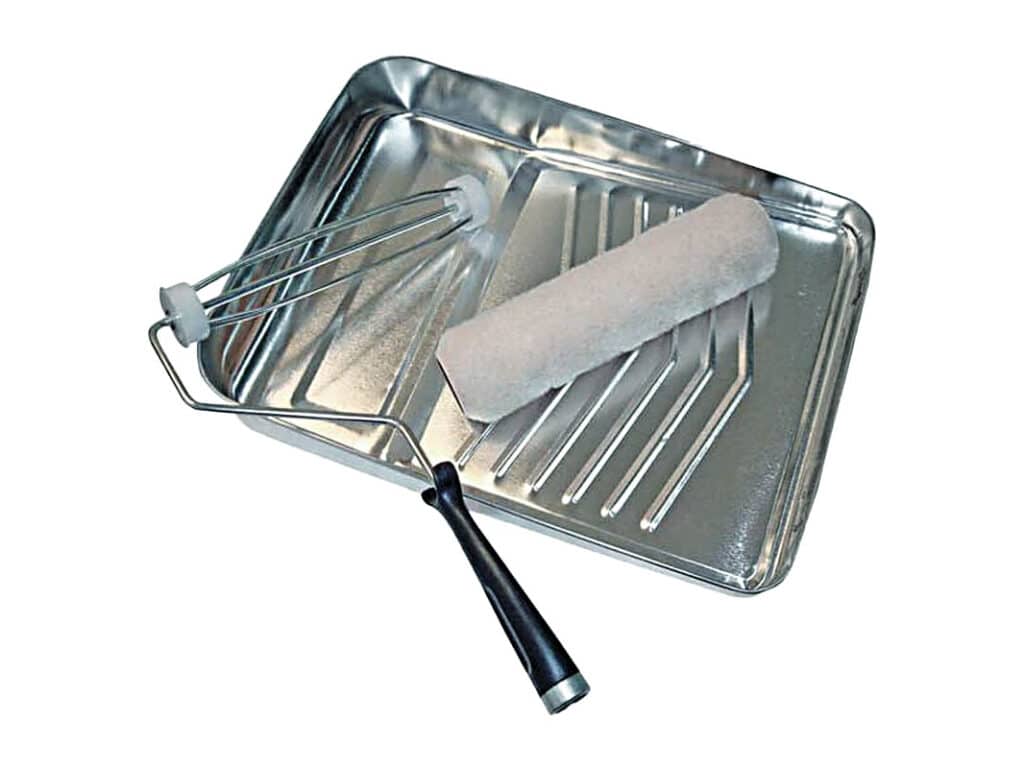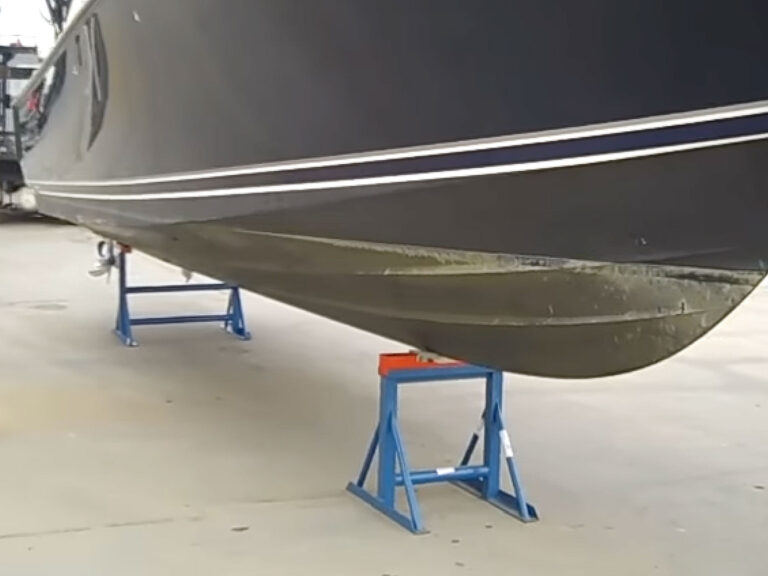
Antifouling paint protects your boat by preventing growth on the hull while improving fuel efficiency and maneuvering. The right type of bottom paint is the topic for another column. In this article, we’ll get you off to a head start with one of the most critical tools for boaters tackling this project: a shopping list.
Rollers
First, you’ll need a roller frame. Then, depending on the size (allowing you to cover more real estate with less work), you’ll need a compatible roller cover. You’ll want to select a short-nap roller with a solvent-resistant core.
Brushes
For detail and cut-in work, it is a good idea to purchase a couple of 2-inch and 4-inch chip brushes, like those from Redtree. They are inexpensive, disposable, and feature square-trim boar-hair bristles with sanded wood handles. They are available in various sizes, but four-brush assortment packs are also available.
Painter’s Tape
Fine-line or painter’s masking tape makes the job easier. Scotch fine-line tape from 3M provides the crispest line over long runs and stretches for detail application. It is solvent- and moisture-resistant, and even newbies can achieve professional results.
Drop Cloths and Rags
Like when painting a house, drop cloths will minimize the mess and provide a clean work environment. The size and number of drop cloths depend on your project size; a 16-foot flats skiff will require fewer than a 31 Bertram. The best places to purchase these are in box stores such as Home Depot or Harbor Freight, with the latter being the most affordable for disposable products. An assortment of rags is also helpful in keeping the project clean and mess-free. Add them to the list.
Mixing Items
You will also need a selection of mixing buckets, roller trays, and a power drill (either corded or cordless) mixing attachment to make mixing the paint and solvents quick and easy.
Scrapers and Sanders
You’ll want to remove flaking or failing paint from the bottom. Any coating that easily scrapes off in flakes has got to go. A hand scraper works most times, often in concert with a little hand sanding. A disc or orbital sander might be needed for whole-hull jobs. Antifouling paint is nasty, so make sure you wear a full respirator and other safety gear if sanding. And be aware of where sanding dust is blowing. In fact, we recommend hiring out the job if you want to strip the whole bottom.
Read Next: Choosing the Best Bottom Paint
PPE
Personal protective gear is an investment in safety and keeping you clean. Start with a Tyvek suit with a hood, then add foot covers. You’ll also want to invest in a set of goggles to protect your eyes. For solvent-based paints, a mask or respirator will prevent interaction with the chemicals used to make your paint set up and cure. Lastly, invest in a box of Nitrile gloves. They are inexpensive and disposable, and provide light protection from chemicals during messy jobs.
Now that you have the basics, it’s time to decide what antifouling paint is right for you and when to apply it.









